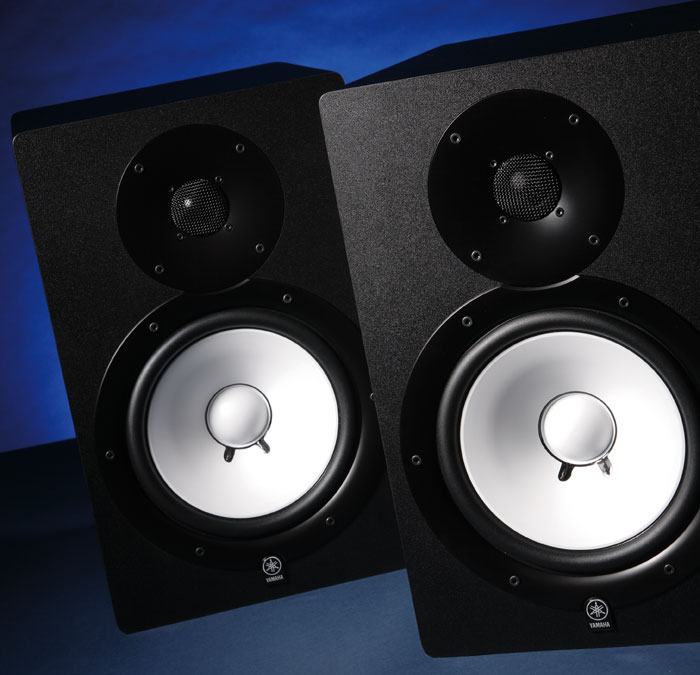
Before you were a DJ, you probably didn’t care too much about speakers. If you bought a computer, a TV, a home cinema system, a games console, you probably ended up with speakers that came with one of your pieces of gear, which you just plugged everything else into and, well, just used.
But it’s not quite so simple when you want speakers for DJ use at home. Because not only do you need to be sure that your recorded DJ mixes are going to sound exactly as you want them when played in your fans’ cars, in promoters’ offices, on other DJs’ MP3 players and so on, but unless you get your home monitoring right, you’ll find it harder to produce great DJ mixes in the first place.
So in this brand-new three-part series, we’re going to look at the three things you absolutely need to get right in your home monitoring system: Choosing great speakers in the first place, setting them up correctly, and getting the room acoustics as ideal as possible where you practise. This week in part one, we’ll look at speaker selection.
How to select the right DJ monitors
Let’s get some terminology out of the way first: “DJ monitors” (or just “monitors” – there’s no real difference) are speakers. Same thing. There can be two types: those with built in amplifiers (“powered” or “active” monitors), and those that need a separate amplifier (“passive” monitors). The music you DJ will determine to an extent the speakers you go for. If you play bass-heavy dance music, size and volume count more than if you’re a 60s wedding DJ, for instance.
But also you need to consider the practicalities; if you DJ in a shared room or a small apartment, there is going to be a limit to the size and volume you can get away with!
Listen before you buy
If possible, listen first by going to a dealer. Sound is a very subjective thing, and it’s important to trust your ears on this. Take a mix or track you know very well, and ask yourself:
- Does the bass sound tight and controlled, or boomy and muddy? – DJing is often all about bass. Make sure you can hear it properly on the speakers you’re considering
- How good is the stereo field? – Can you tell the different elements of the tracks apart? Producers often “place” different elements in different places by altering their position in the stereo mix. Being able to hear elements apart is often crucial for accurate beatmatching
- What characteristics do the high frequencies have? – You’re going to be listening to these for an awful long time, and often at relatively high volume. Do the high freqencies sound crisp and clear, or harsh and shrill?
- How engaging is the sound? – Or to put it another way, are you hearing things you’ve never heard before in that familiar material you’re testing them on? If so, it is a positive thing

Subwoofer or not?
Some purists will tell you you don’t need a subwoofer (a subwoofer is a big, extra bass speaker that due to the frequencies involved is unidirectional, so you only need one of them). Good monitors should give you all the bass you need, they’ll argue. Thing is, with many listeners nowaday using subwoofers (and we’re not just talking subwoofers in cars and rich peoples’ hi-fi systems either; many gaming speakers nowadays also have them), you really could do with knowing what your mixes sound like on them.
As long as you integrate your subwoofer properly, it can extend the bottom end of your sound without disturbing or upsetting the rest of the mix. It’s not essential to buy a subwoofer, especially at first – but it’s definitely worth considering. You can always add one later if funds are tight…
Next week…
Today we considered what to look for in DJ monitors. Next week we’ll look at how to set them up properly, and in the third and final part, we’ll look at room acoustics.
Check out the other parts of this series:
- A Beginner DJ’s Guide To Monitors, Part 2: Positioning Your Speakers
- A Beginner DJ’s Guide To Monitors, Part 3: Getting Your Room Acoustics Right
Are you ready to buy your first set of proper DJ monitors? Are you lucky enough to have a decent store nearby to audition them at, or will you be relying on reviews and internet opinion? Please share your thoughts in the comments.








